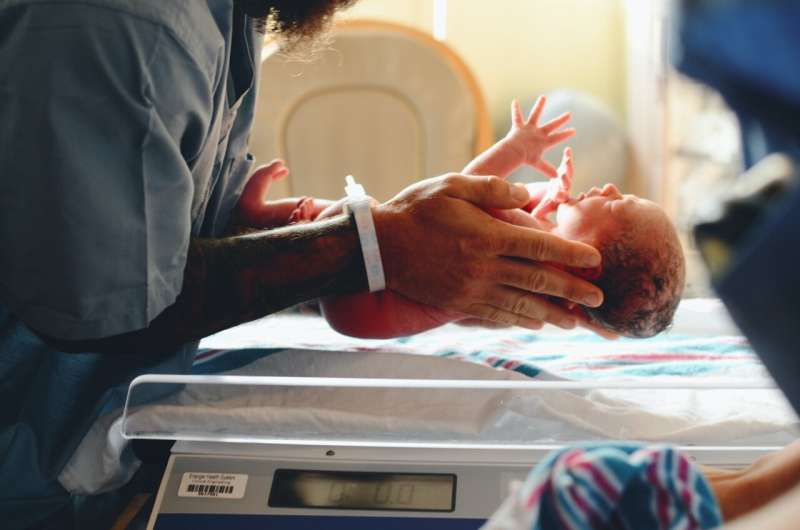Breakthrough Insights into How the Human Motor Cortex Encodes Complex Handwriting

Recent research has shed new light on the sophisticated ways the human brain's motor cortex encodes intricate handwriting movements, particularly for complex characters like Chinese. Humans possess the remarkable ability to perform highly detailed motor tasks, such as writing complex characters with thousands of strokes, a capability that has long fascinated scientists. Despite previous studies highlighting the motor cortex's vital role in translating intentions into actions, the detailed neural mechanisms that facilitate precise, sequential movements like handwriting remained unclear.
A team from Zhejiang University in China conducted a pioneering study published in Nature Human Behavior, revealing that the neural encoding in the motor cortex involves a series of stable neural states. The researchers initially aimed to develop a brain-computer interface (BCI) capable of decoding Chinese handwriting. While their early attempts successfully decoded movement velocities for cursor control, reconstructing proper Chinese characters proved challenging. Recognizing the complexity of the task, they continued refining their approach, ultimately uncovering key insights into the encoding process.
In their experiments, a human participant was asked to write 306 different Chinese characters while neural activity from his motor cortex was recorded using microelectrode arrays. These recordings revealed that the motor cortex encodes complex handwriting by segmenting movements into small, stable units called states. Each state maintains a consistent neural pattern, but shifts between states produce the nuanced sequences necessary for accurate character formation. This state-dependent encoding allows the brain to manage the sophisticated coordination required for writing Chinese characters, which involves over 3,500 characters and 32 stroke types.
Traditional neural decoders failed to account for this property, but the new model incorporating the concept of stable neural states enabled more accurate decoding of handwriting movements. This breakthrough not only advances our understanding of the neural basis of complex motor tasks but also paves the way for developing more effective BCIs that could enable individuals to write via brain signals in real-time.
Looking ahead, the researchers aim to study even more refined movements and develop BCIs capable of controlling diverse, intricate fine motor tasks. Their findings are significant for future applications in neural prosthetics, rehabilitation, and brain-controlled communication technologies, ultimately enhancing the quality of life for individuals with motor impairments.
Source: https://medicalxpress.com/news/2025-04-insight-human-motor-cortex-encodes.html
Stay Updated with Mia's Feed
Get the latest health & wellness insights delivered straight to your inbox.
Related Articles
Innovative Hospital-Based Program Boosts Hepatitis C Treatment for New Mothers
A novel hospital-based program significantly improves hepatitis C treatment completion for postpartum women by initiating therapy during hospital stay, reducing lost follow-up and increasing cure rates.
Internationally Recognized Curriculum Launched to Standardize Epilepsy Surgery Training
The ILAE has developed the first international curriculum to standardize epilepsy surgery training, aiming to improve epilepsy care globally. This comprehensive program addresses training gaps and promotes high-quality surgical practices.
Clinical Trial Shows Surgery Outperforms Antibiotics in Treating Chronic Sinus Disease
A groundbreaking clinical trial reveals that sinus surgery provides long-lasting relief for chronic rhinosinusitis more effectively than antibiotics, reshaping treatment approaches for this persistent condition.



